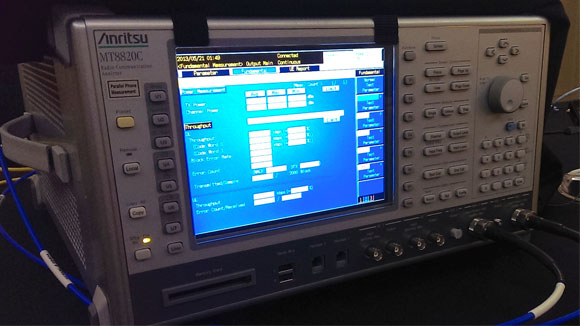Nvidia Tegra 4i reappears at CTIA with 4G LTE-Advanced
Tegra 4i will be backwards compatible with older networks

When it debuted at Mobile World Congress back in February, Nvidia's Tegra 4i mobile processor impressed with its ability to reach speeds of 100mbps.
Nvidia returned with the Tegra 4i at CTIA 2013, and somehow managed to boost those speeds even further without altering the structure or hardware of the chip.
Thanks in large part to its i500 LTE modem, Nvidia was able to update the chip's software to push the capabilities to Cat 4 150mbps.
Even though no marketed phones currently house the Tegra 4i chip, Nvidia demonstrated the full power of the processor while also making calls and streaming video over AT&T's LTE network.
Little chip, big power
At 40 percent of the size of a traditional LTE modem, the Tegra 4i packs a lot of punch into a diminutive chip.
Nvidia attributes this to the Deep Execution Processors design, which offers "fast, high performance" in a highly adaptable modem.
During the demo, Nvidia's Phoenix concept smartphone was also tested to show off the LTE-Advanced prowess with special emulation, as there are currently no such networks available.
Sign up for breaking news, reviews, opinion, top tech deals, and more.
Though the Tegra 4i will be compatible with LTE-Advanced, the chip has also been designed to be backwards compatible with earlier cellular networks.
This means you'll be able to use any Tegra 4i device on LTE Cat 3, 3G, and 2G whenever 4G isn't available, providing an incredible amount of flexibility for any phone housing the processor.
Qualcomm hasn't truly been challenged by another processor in the mobile space as of yet, and it will be interesting to see how the competition heats up as the cellular market expands.
How long it will be until the first true smartphone with Tegra 4i arrives remains to be seen, but the quicker it's certified, the sooner we'll get to use the impressive chip ourselves.